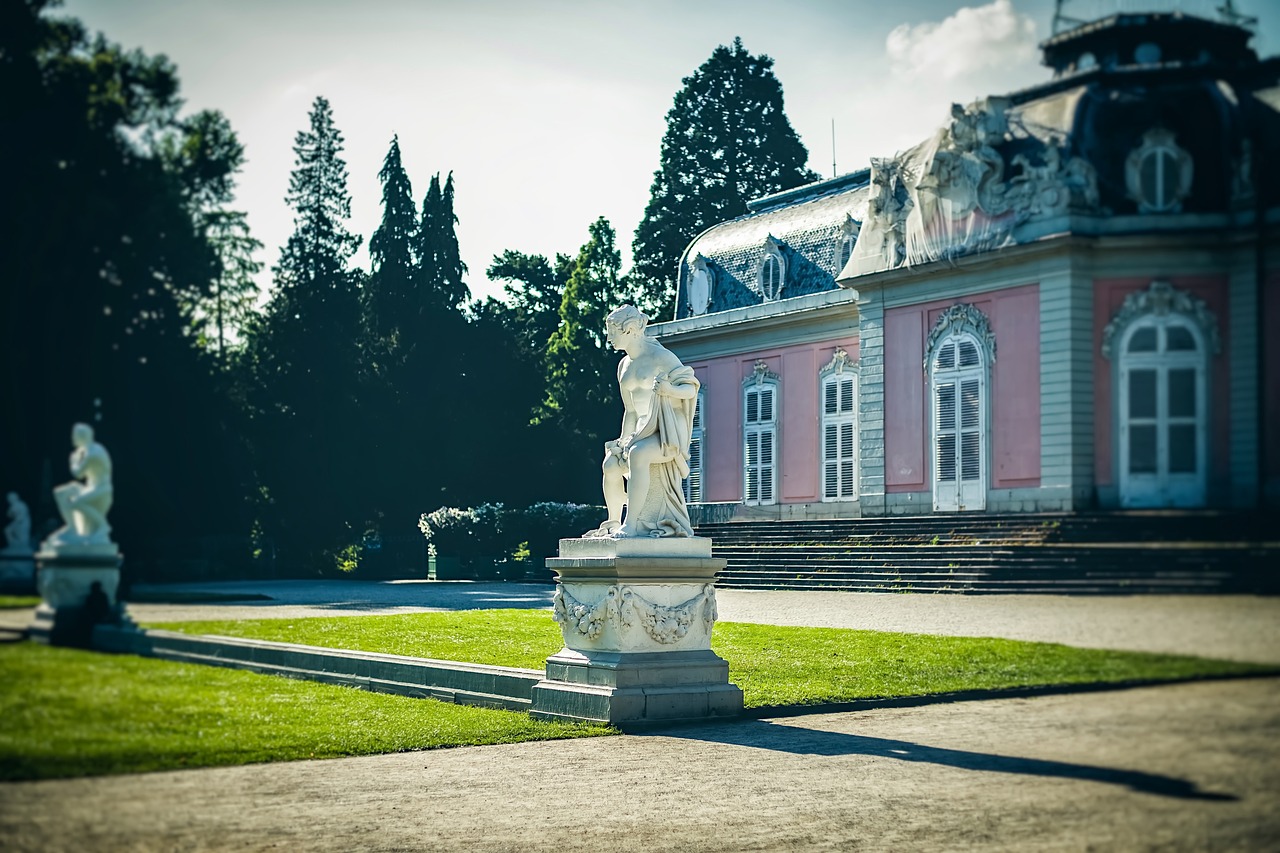Pomona, revered as the ancient Roman goddess of fruit trees and orchards, owes her name to the Latin term ‘pomum’, which translates to fruit or orchard-grown fruit. Unlike many Roman deities, Pomona stands out as an exclusively Roman figure, with no direct equivalents in Greek mythology, although comparisons can be drawn with Demeter, the Greek goddess of the harvest. Artistic representations often depict her as a youthful and radiant maiden adorned with a crown of fruit while wielding a pruning knife. The legacy of her name persists in various English and French terms, such as pomegranate, pomme (the French word for apple), and pomme de terre (French for potato, or ‘apple of the earth’). Here, we explore the intriguing history surrounding this captivating goddess.
The Wood Nymph
In Roman mythology, Pomona is associated with the hamadryads, or wood nymphs, who dedicated their lives to caring for fruit trees. The poet Ovid reflects in his Metamorphoses that none of the hamadryads in Latium were as skilled or devoted to the garden as she was. Various myths tell of her enchanting beauty, attracting numerous suitors including Silvanus and Picus; however, Pomona preferred solitude, nurturing her cherished trees in the wilderness. Ovid notes her withdrawn nature, stating, “Still fearing boorish aggression, she enclosed herself in an orchard (pomeria), and denied an entrance, and shunned men.”
A Union with Vertumnus
Among her admirers was Vertumnus, a trickster god representing the seasons, transformation, and garden growth. Ovid recounts how Vertumnus, possessing the ability to change his form, donned the guise of an elderly woman to gain entry into Pomona’s orchard. He shared a cautionary tale about the repercussions of rejecting a suitor, telling the sorrowful story of Iphis and Anaxarette. Ultimately, his cleverness won Pomona’s affections, leading to their marriage and establishing them as complementary deities who nurtured abundance and growth.
The Goddess of Gardens
As the divinity of fruit-bearing trees, gardens, and orchards, Pomona is most often recognized by her emblematic pruning knife. In numerous artistic depictions, she is shown wielding this tool alongside baskets filled with fruit or a cornucopia. Ovid emphasizes her significant influence with this unassuming instrument, describing how she used it to trim flourishing plants, prune branches, and even graft new saplings to bolster their growth.
A Symbol of Abundance
Pomona’s deep ties to fruit trees and orchards symbolize the themes of richness and prosperity. She is frequently illustrated surrounded by lush, vibrant gardens teeming with life, embodying her role as a nurturing force who ensures the growth of essential produce. The Romans honored Pomona with a feast day on August 13, coinciding with the time when the first harvest fruits became ripe for consumption.
Additionally, the Romans celebrated the festival of Pomona on November 1, a date many connect with the origins of contemporary Halloween. During this event, offerings of nuts and apples were presented to the deities in gratitude for their protection over the harvest. Many Halloween customs today, such as apple bobbing and caramel apples, echo the significance of Pomona’s sacred fruits.
Pomona in Art and Literature
Throughout the ages, Pomona has served as a muse for numerous artists and writers, especially from the 16th to 19th centuries. Notable figures like Peter Paul Rubens portrayed her innocent and angelic beauty, while later artists such as Dante Gabriel Rossetti and William Morris drew inspiration from her close ties to the vibrancy and fertility of nature, aligning perfectly with their artistic pursuits.
Pomona has also been immortalized in public art, such as Karl Bitter’s 1916 Pulitzer Fountain located in Grand Army Plaza, Manhattan. Moreover, she makes an appearance in C. S. Lewis’ acclaimed 1950s series, The Chronicles of Narnia, portrayed as a wood goddess who blesses an orchard near Cair Paravel.



